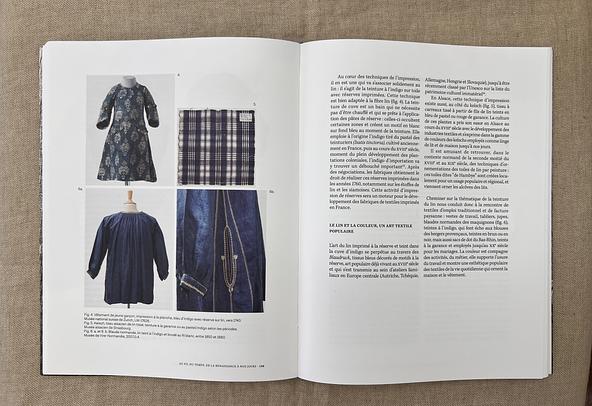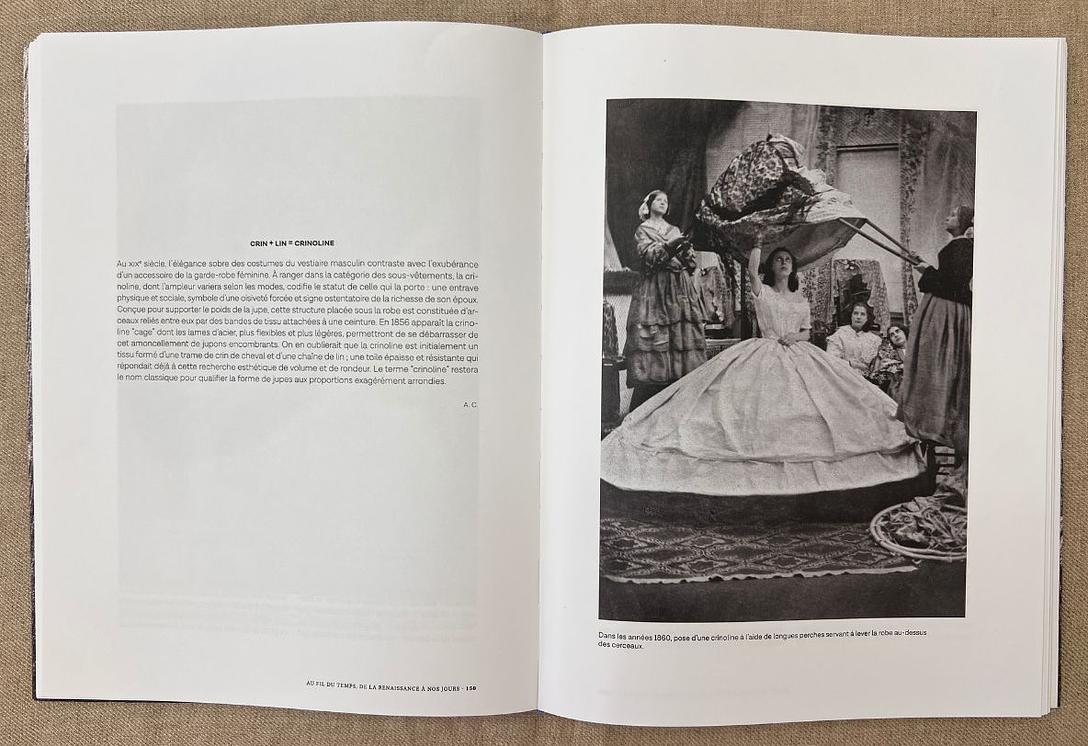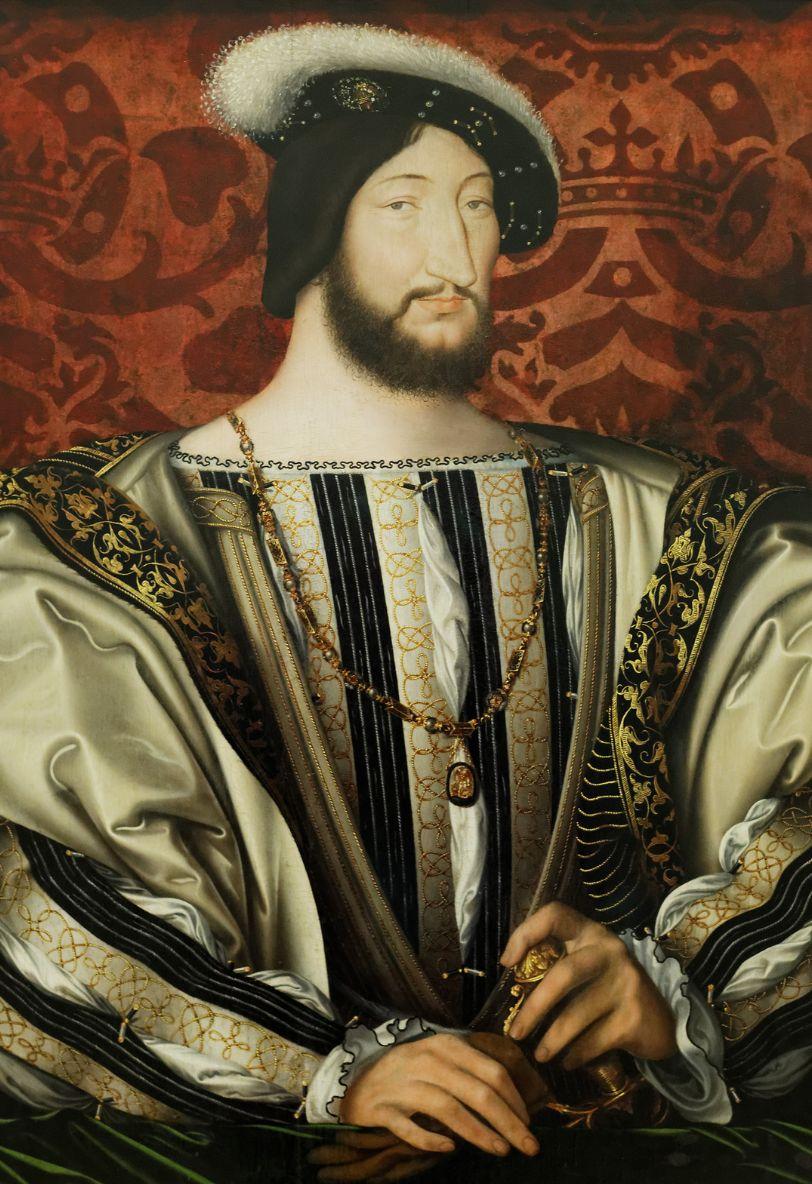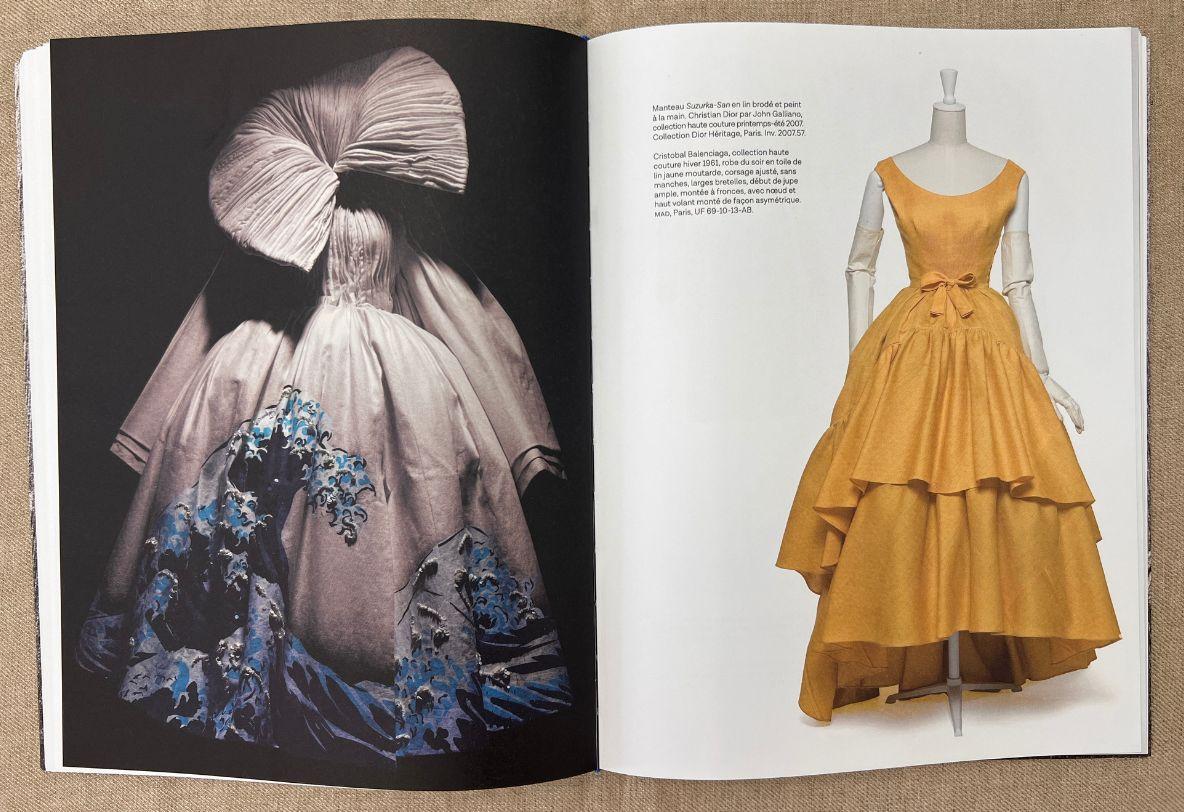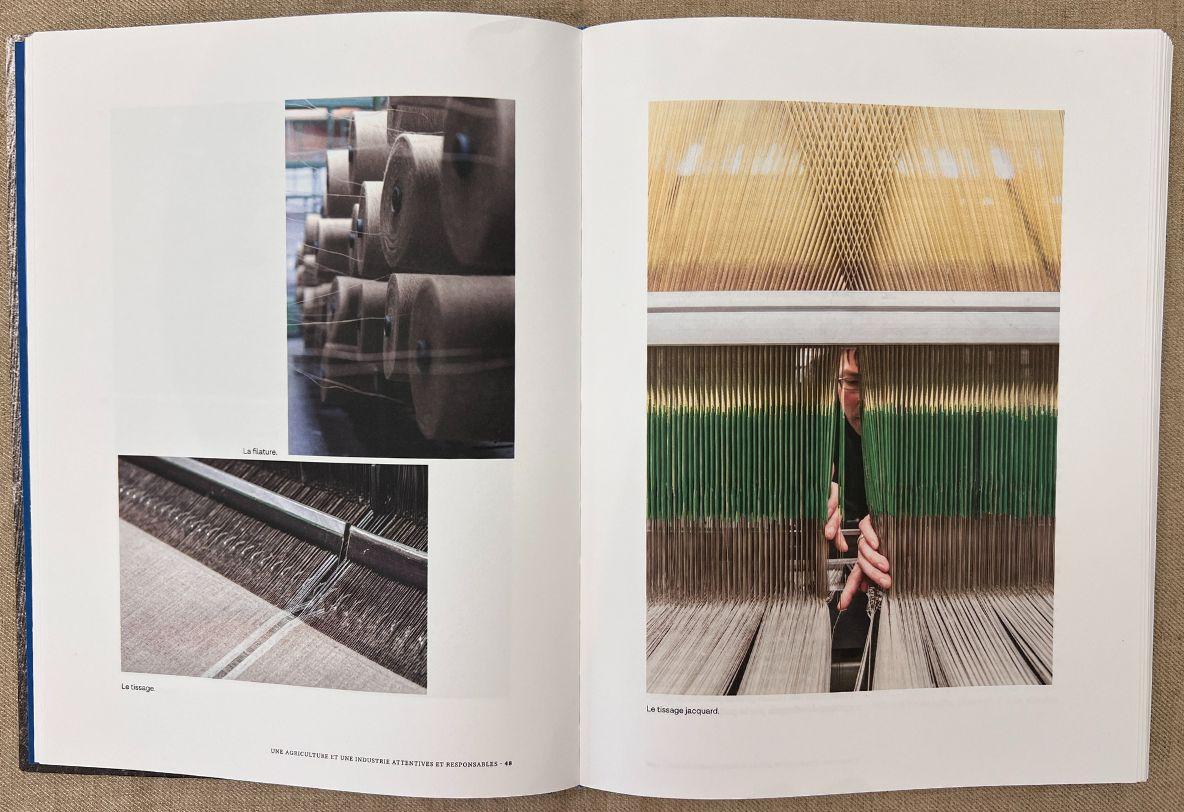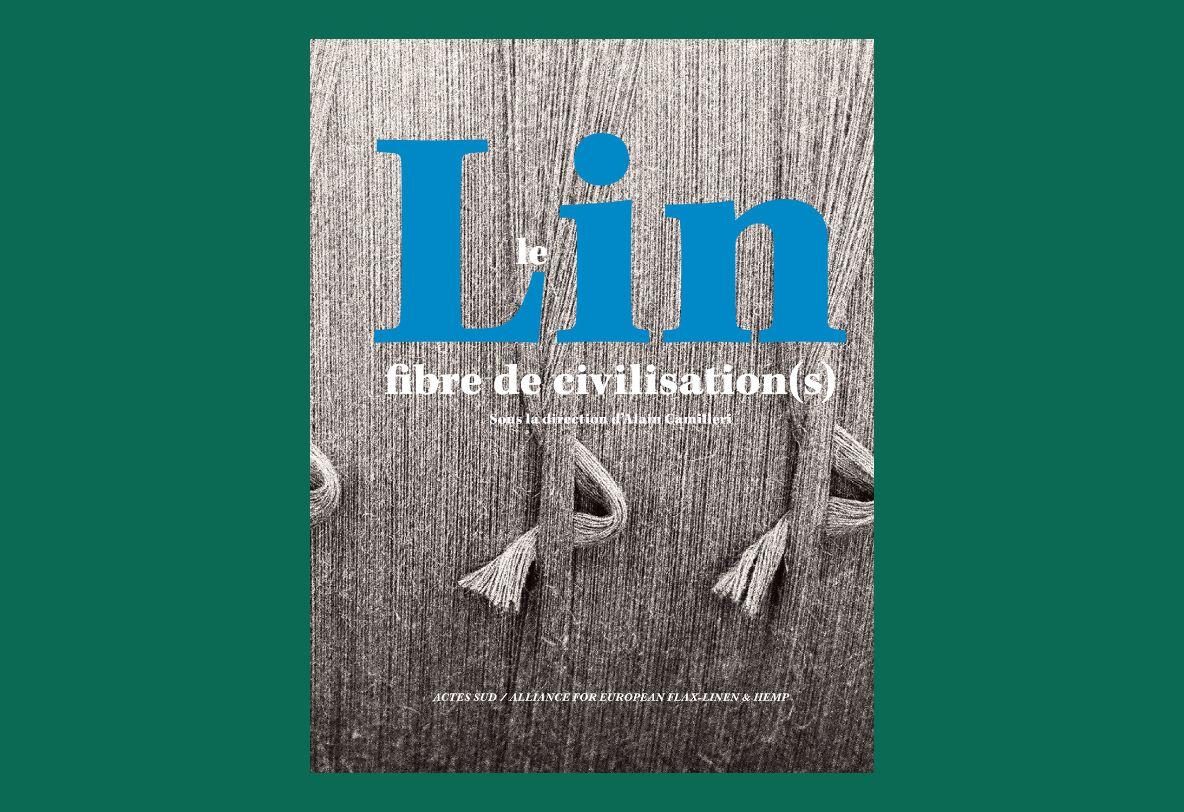The Industrial Revolution, modernising the use of flax fibre
From the rigorous codes of the First Empire, the sobriety of the Third Republic and the bourgeois luxury of the July Monarchy to the splendour of the Second Empire, linen went through its own industrial revolution. This revolution brought about the democratisation of linen, as well as technical and aesthetic changes.
